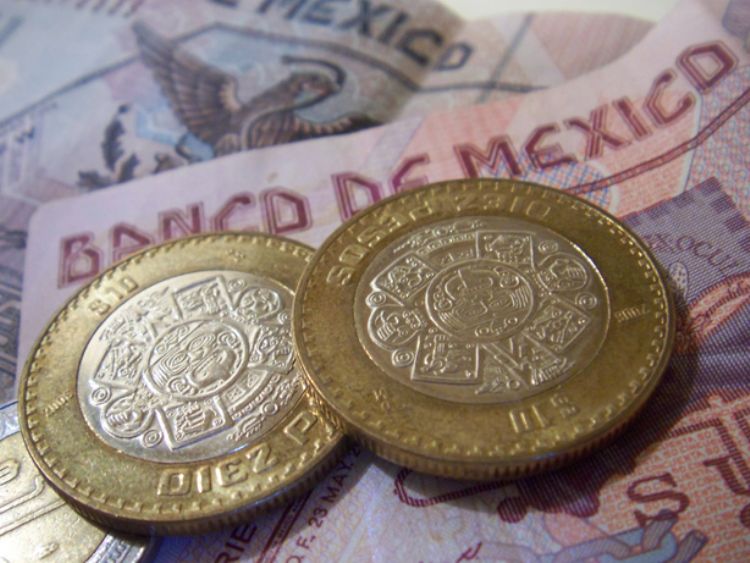Remittances to Mexico, Important part of the Economy

The history of migration of Mexican citizens to the United States is not recent; it has obeyed a very particular historical process. The populations that were left on the other side of the new border, after Mexico lost the Northern States, were mostly families with a Mexican cultural, ideological, linguistic and economic essence. They transformed throughout time and resulted in the fusion that currently characterizes the South of the United States.
However, added to them were the first massive migration flows, originated when the Border States had a mining boom made possible through labor policies. The evolution of this migration changed for two reasons: the restriction of such legality, because the policy was only temporary, and the deterioration of Mexicoâs economy; which as a consequence resulted in the flow of thousands of Mexicans to work illegally.
Thus, the first factor didnât directly affect the second, restricting the border crossing did not end migration, on the contrary, it was motivated by the economic development reached by those first migrants and the possibilities offered by the North American economy, after people had entered the country by any possible means.
Currently the border of United States and Mexico spans through almost 2,000 miles and comprehends four North American and six Mexican States. But the region has changed a lot through the years. North American administrations have left their mark on the border, border patrol has increased its vigilance, developing strict control methods and widening its capacity.
One of the most important aspects of the migration phenomenon is social problems, including the scarce employment opportunities, the citiesâ centralized development and the loss of fields as a source of work and life for rural populations. All these factors interrelate for increasing the rates of migrants from all regions of the country to the United States. According to the National Institute of Statistics, Geography and Information (INEGI), it is estimated that approximately 28 million persons from our country are currently living in the United States, from which close to 50% have not regulated their migratory situation. 70% of immigrants are between 15 and 44 years of age, and only 5.3% of them have achieved a professional education, according to the Institute. Despite this, an extremely relevant aspect is the economic capacity they acquire in that country, and although it represents less income in relation to the North American employees, it translates into constant income for the families of the migrants, with an amount that in 2008 reached 21,938.83 million dollars. Representing a 1% increase compared to 2006, according to Banco de Mexico in its yearly report.
Although the income of Mexicans living in the United States is subject to the variations and risks of the North American economy, employment and migration policies intervene in the decrease registered since 2005. However, these represent the third most important source of income for national economy, the first is oil production and the second is Direct Foreign Investment.
Income in dollars for the Mexican economy also implies a smoke curtain, because it promotes an expenditure not resulting from national economic activities, but from the labor force living in that country. On the other hand, for the families, it represents a real opportunity to improve their quality of life and improve their familyâs wellbeing, because the money is mainly used for housing, food and education. To a much lower extent it is destined to productive projects such as micro-companies or investing in infrastructure.
A relevant aspect in this case is the financial operations carried out for the access of remittances to Mexico. The Federal Government is developing programs for financial institutions, first, to learn the situation of those funds, and later establishing a regulation allowing the migrants to obtain economic benefits from those transactions.
What has been achieved so far is for financial institutions providing that Service from Mexico directly or through intermediaries to be registered before the Banco de Mexico and providing detailed information. It is estimated that the most common type of operation is through Money Orders, followed by electronic transfers and in kind.
The cities with the highest contribution to their familiesâ income are Dallas, Houston, Sacramento, Los Angeles and Chicago.
The aggregated value offered by financial institutions could mean advantages for these and their intermediaries, because there is still no law strictly regulating the commission percentage charged. The companies with the greatest number of these transactions are Western Union and MoneyGram, currently associated with Mexican firms like Elektra and the Wal-Mart supermarkets.
Artículo Producido por el Equipo Editorial Explorando México.
Copyright Explorando México, Todos los Derechos Reservados.
Fotografía tomada de Wikipedia.Org Ver Autor y Licencia






